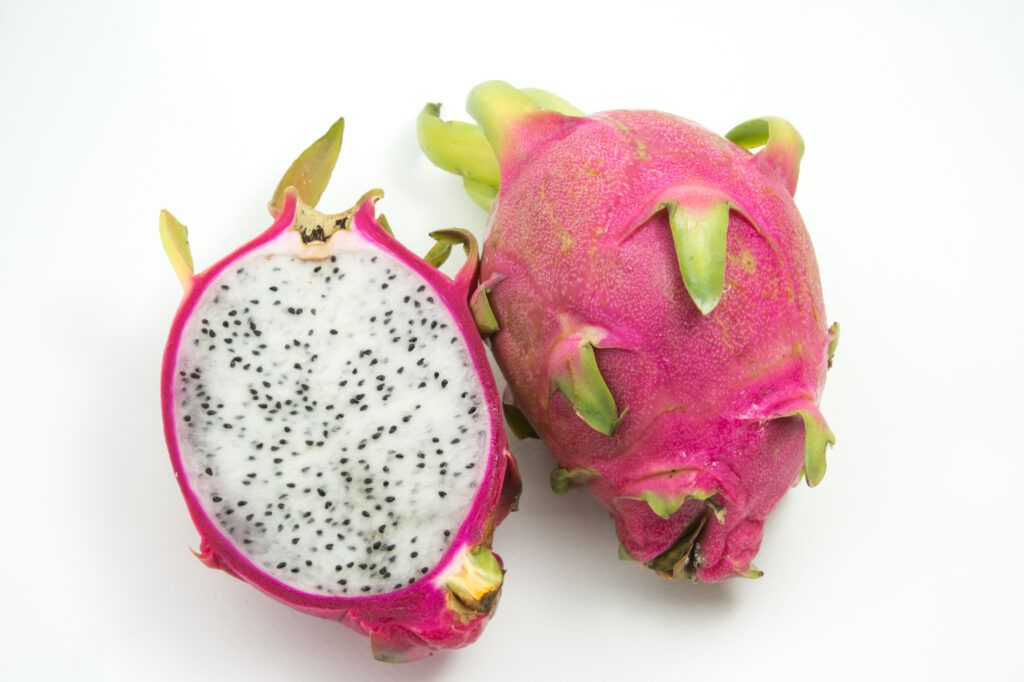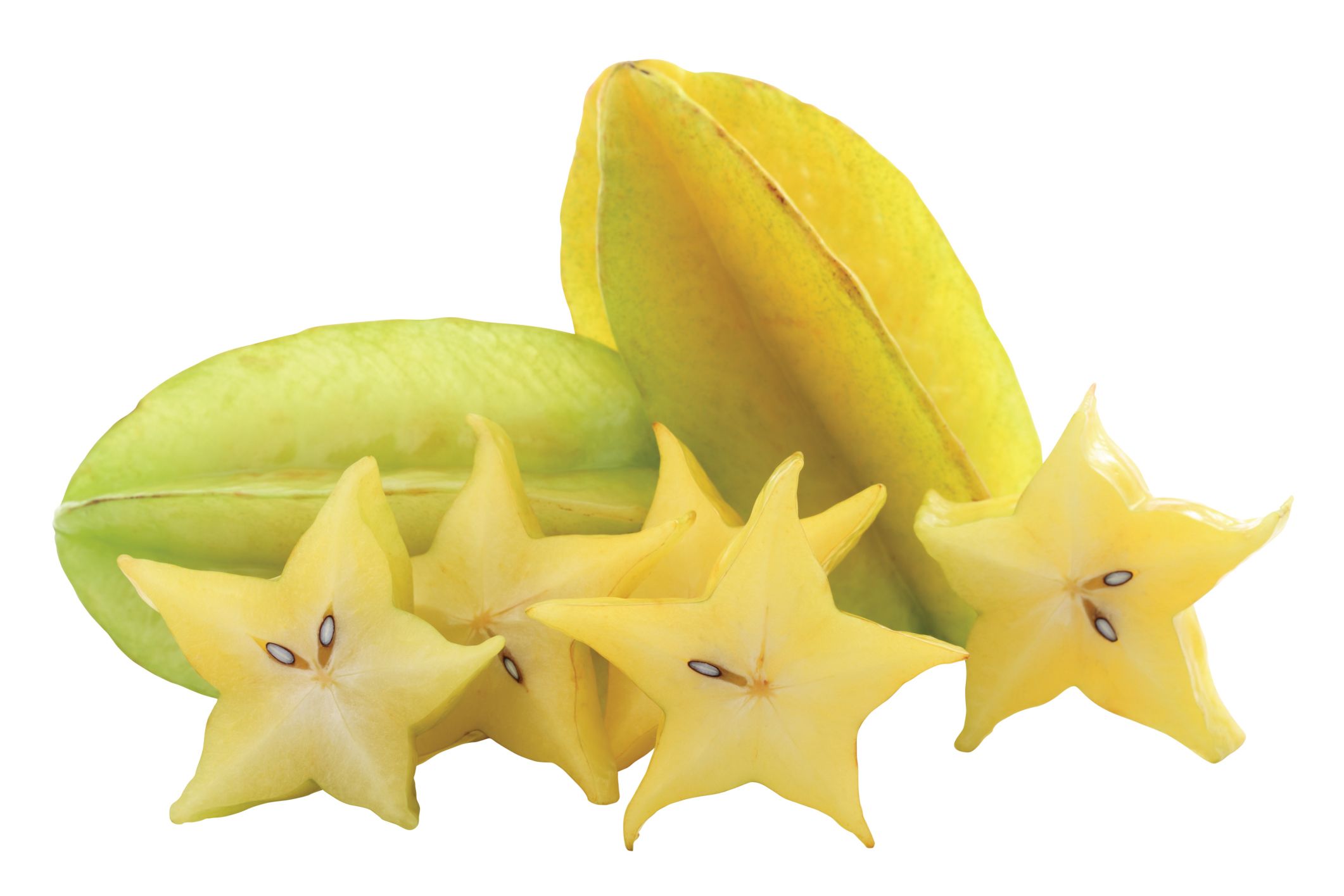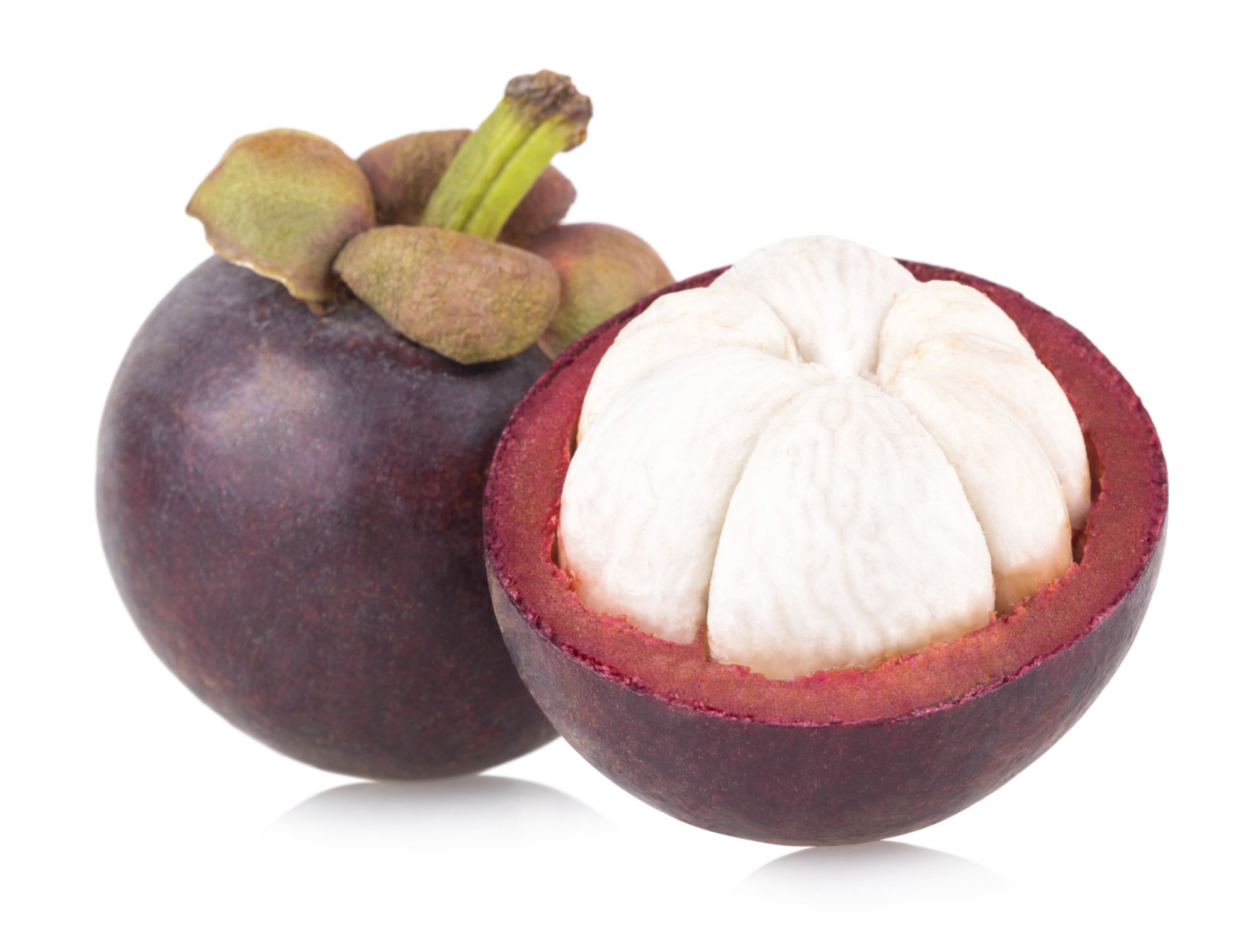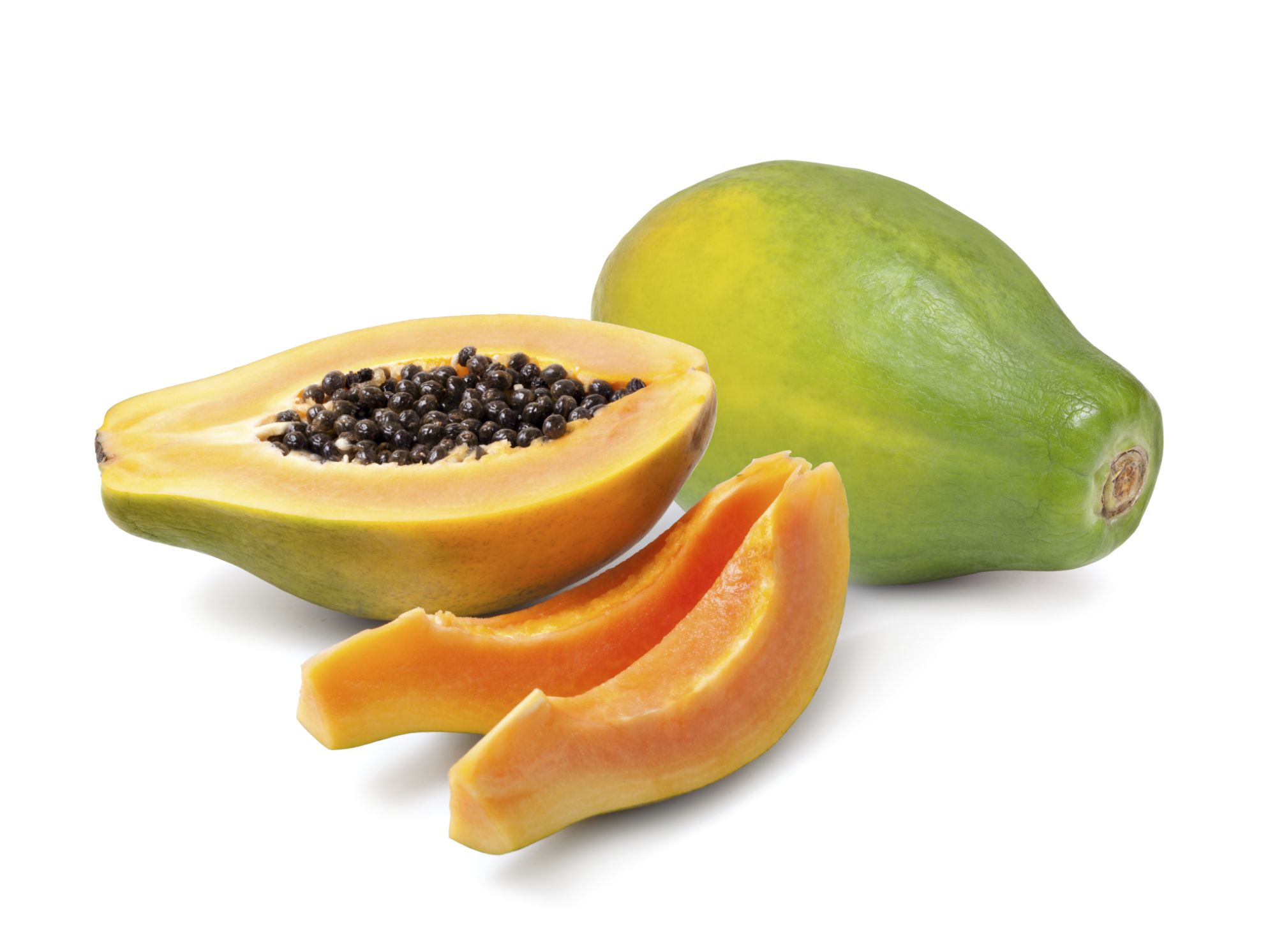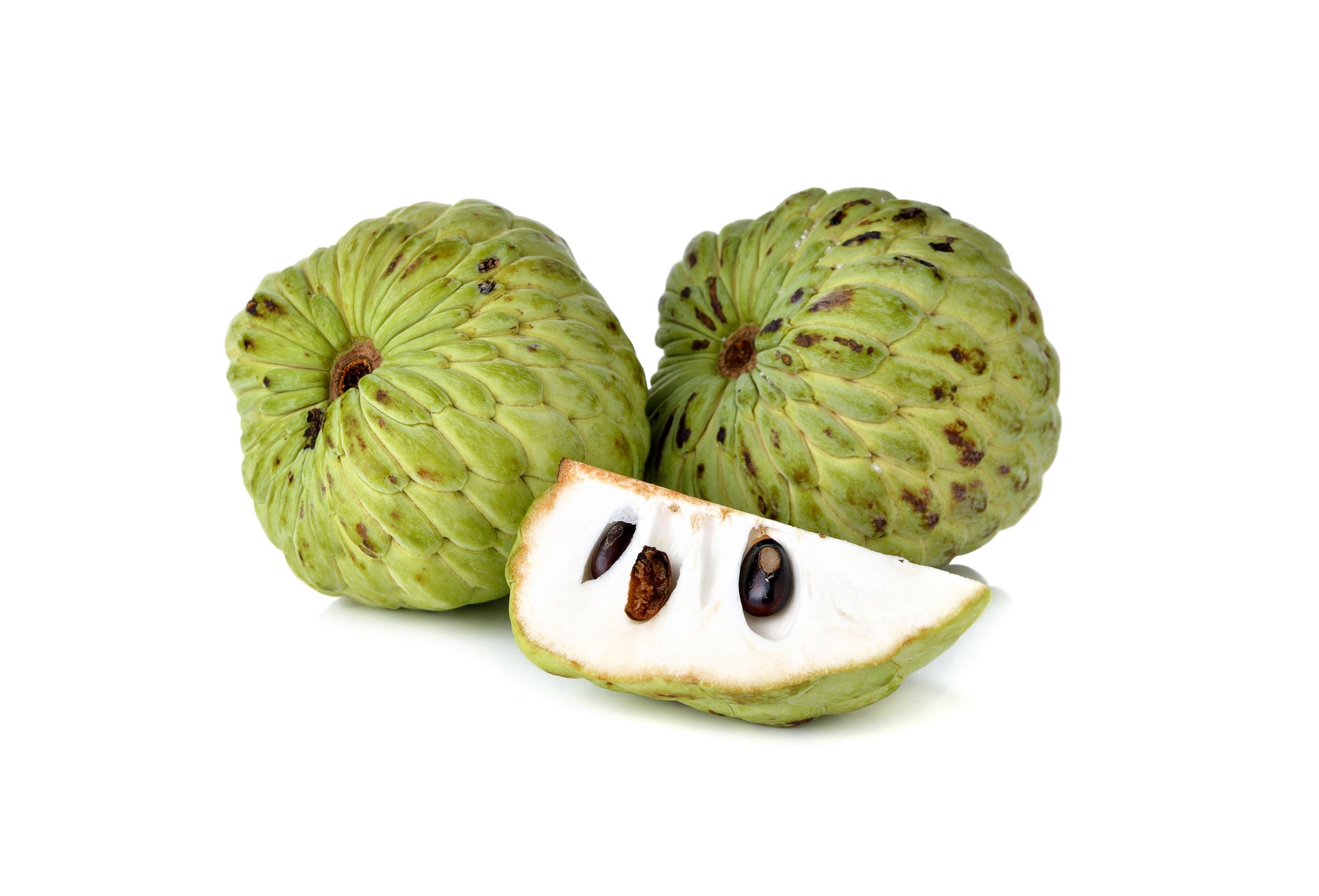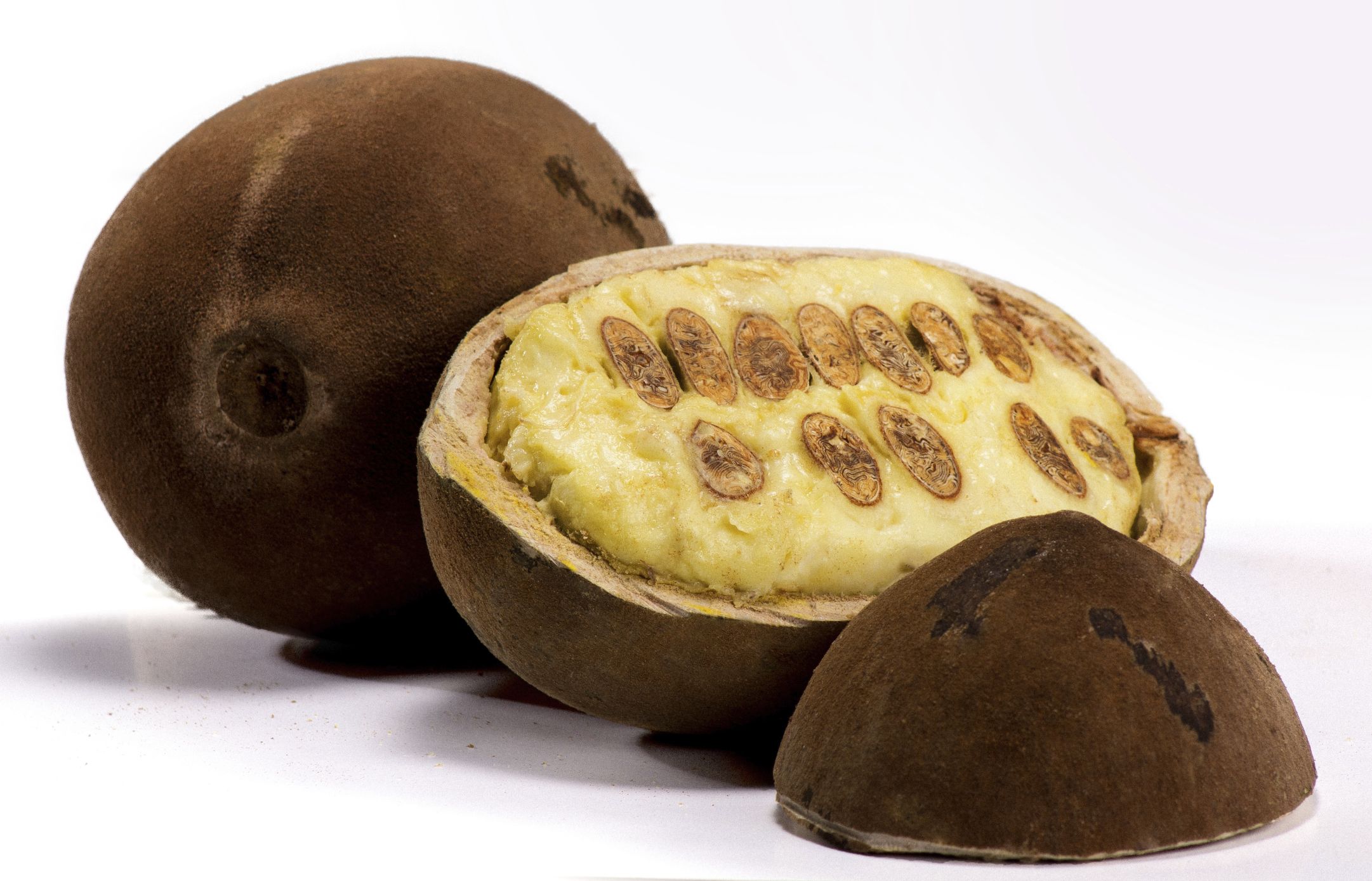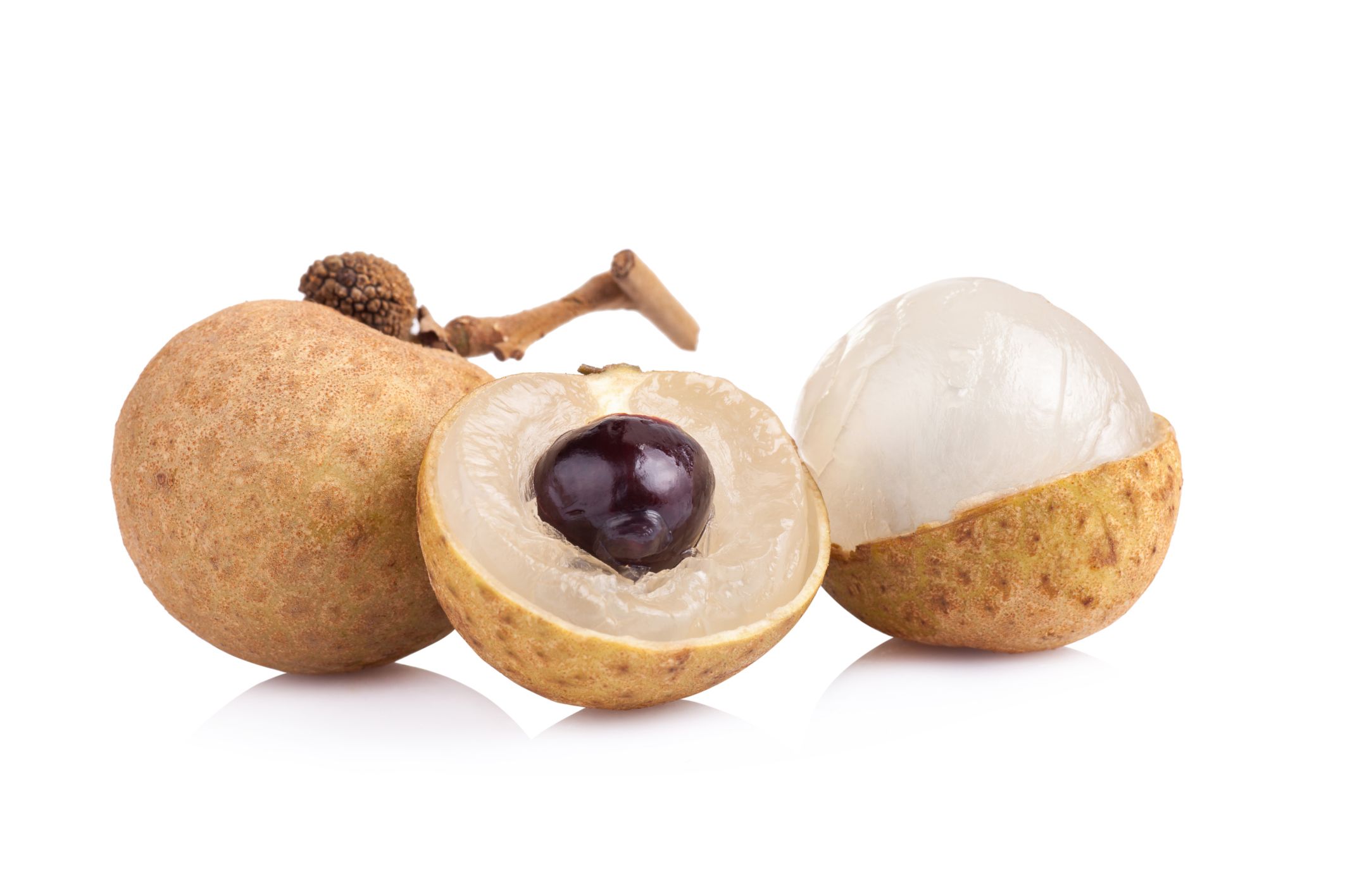Most people know that Rosh Hashanah is the Jewish New Year, and that one way we celebrate is by eating apples dipped in honey, a symbol of the sweetness we hope to experience in the future. A lesser-known tradition is that of the Shehecheyanu Fruit (sheh-heh-key-yaw-nu)—a new, often strange fruit that is eaten on the second day of Rosh Hashanah—which symbolizes the unknown blessings that await us in the year ahead.
I invite everyone, Jew and non-Jew, to try this tradition for themselves. To me, tasting a new fruit reminds me that this world is full of wonderful surprises still awaiting our discovery. Many of these can be found at gourmet grocery stores or specialty food markets. –Adam Hunter
